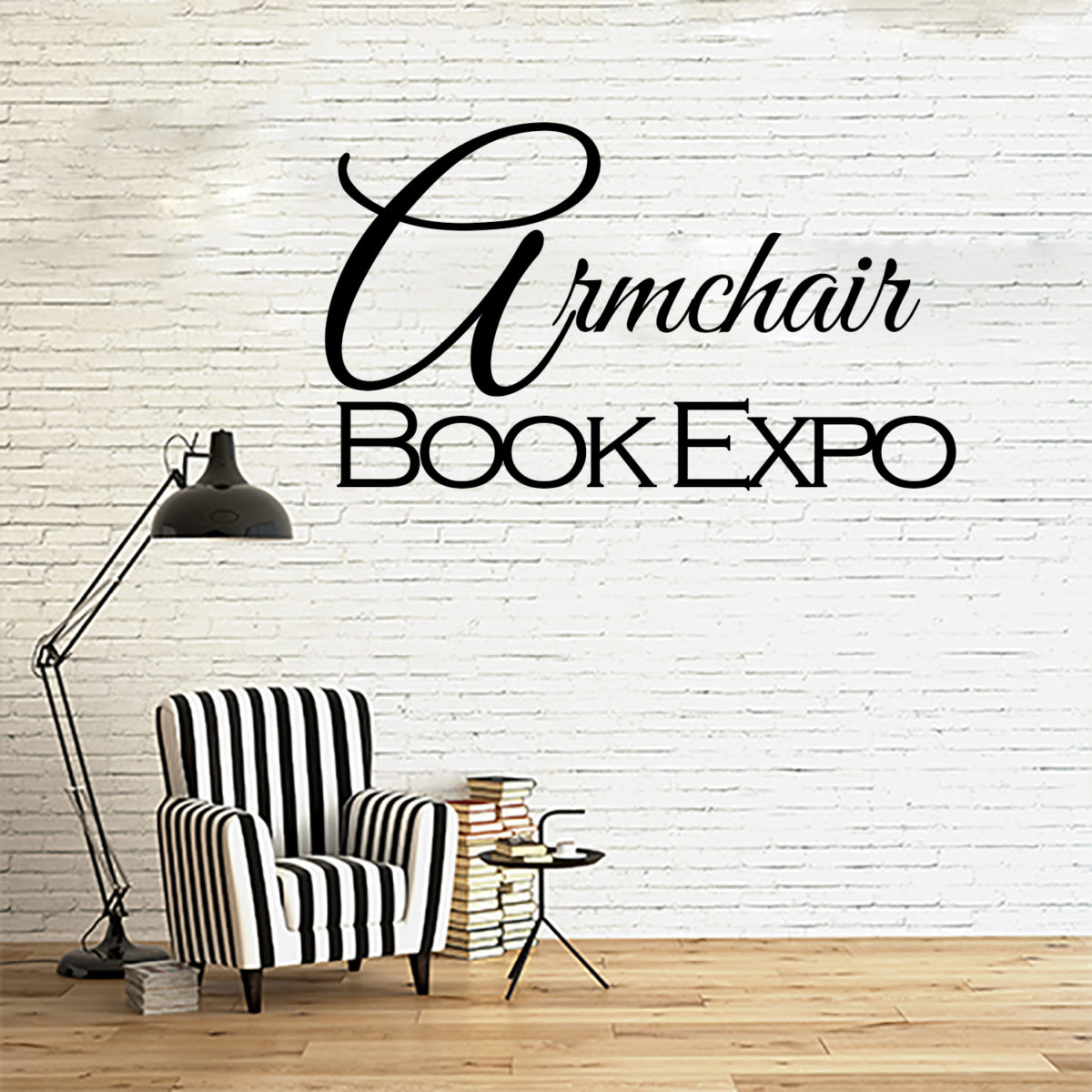Book Expo sparked quite the controversy a couple years ago regarding diversity in books and authors. Where are we now? OR, let’s take a different direction and explore the diversity of the format of a book. Do we judge a book by its cover and/or content (e.g.,, audio, digital, graphic, etc.)? Or, combine the two topics and discuss diversity found in alternative content (e.g., representation in graphic novels). Get creative and maybe even controversial!
I actually don’t remember this controversy. Did Sad or Sick Puppy types get upset about a stated commitment to diversity? Or was everything about Book Expo that year white as Christmas? Unsure. So I can’t comment on “where we are now,” either. Instead I’m going to talk about the upcoming movie version of one of my favorite books, A Wrinkle in Time.

I’ve implied it earlier, but let me just say it outright: when it comes to book news, I’m very much out of the loop. I only found out that the movie was happening basically by accident. (Sometimes relaxing with trashy Hollywood gossip rags is a good thing!) I’ve seen this Entertainment Weekly slide show of promotional images, and that’s it. I’ve deliberately avoided searching the Internet for more information about the production because I don’t feel like finding out of there is an Internet brouhaha over the casting.
You see, a lot of the main characters are women of color. Mrs. Murry is Black, and so Meg (and presumably Charles Wallace, Sandy, and Dennys) are explicitly biracial. Mindy Kaling is Mrs Who, and Oprah is Mrs Which. Given how parts of the Internet reacted over casting for Rue in The Hunger Games, I’m assuming there’s similar outrage somewhere on the Internet. I don’t feel like finding out if I’m right, though. I don’t need that kind of negativity in my life.
And honestly, I’m perfectly fine with all of those casting choices. More than that; I’m happy about it. Women like my mom (who read the book so many times she had portions of it memorized) and me got to grow up with a white Murry family and got to have a nerdy, sensitive Meg Murry who was like us, inside and out. And now we have a version for all of the blerd women out there–now they can have a Meg Murry just like them, inside and out.
(And as for all of the Mrs characters? I mean, they’re aliens after all. Shapeshifting aliens at that.)
My only beef with the casting is actually with Mr. Murry. My book memory of him is a tweedy nerd, not a smoldering buff guy.

But hey, maybe if you give him a pair of glasses and a tweed jacket with patches on the elbows, he’ll look more the part. Maybe I’ll be blown away by his acting. I’m willing to be open-minded!
Movie (or television) versions of books are always fraught with frustration and controversy. When the actor on screen doesn’t match what you had in your imagination, it can be jarring. Changes are often made to the story, not always for practical concerns and not always for the better. Movies are complicated and expensive ventures, while books are (relatively) simple and fairly inexpensive–there is enormous pressure on a movie to make a return on that investment, and that pressure can make or break a movie.
Unsurprisingly, the usual bookworm attitude towards movies is intense skepticism. And even film buffs often decry movie adaptations, saying that it’s just another sign of the sad state of the film industry these days.
I get it. I’ve definitely been burned by a few bad adaptations. At the tender age of 10 I was excited to see childhood hero Harriet the spy on the big screen, only to walk out confused and disappointed. I pretend that they never adapted The Dark is Rising, and I’m still not sure what went wrong with The Hobbit. People keep trying to make movie versions of Lolita, but the dynamics of how real, live people have to interact make it a messy project, even if you get Nabokov to write the screenplay.
But when they’re done well, movie adaptations are fantastic. Different media have different strengths and weaknesses, and the best movie adaptations complement the story, like 2001: A Space Odyssey. They have the chance to smooth over blemishes or pitfalls in the original, and in the case of something like A Wrinkle in Time it’s the chance to present the same story through a new, updated lens, and to bring characters we know and love to a wider, more diverse audience.

